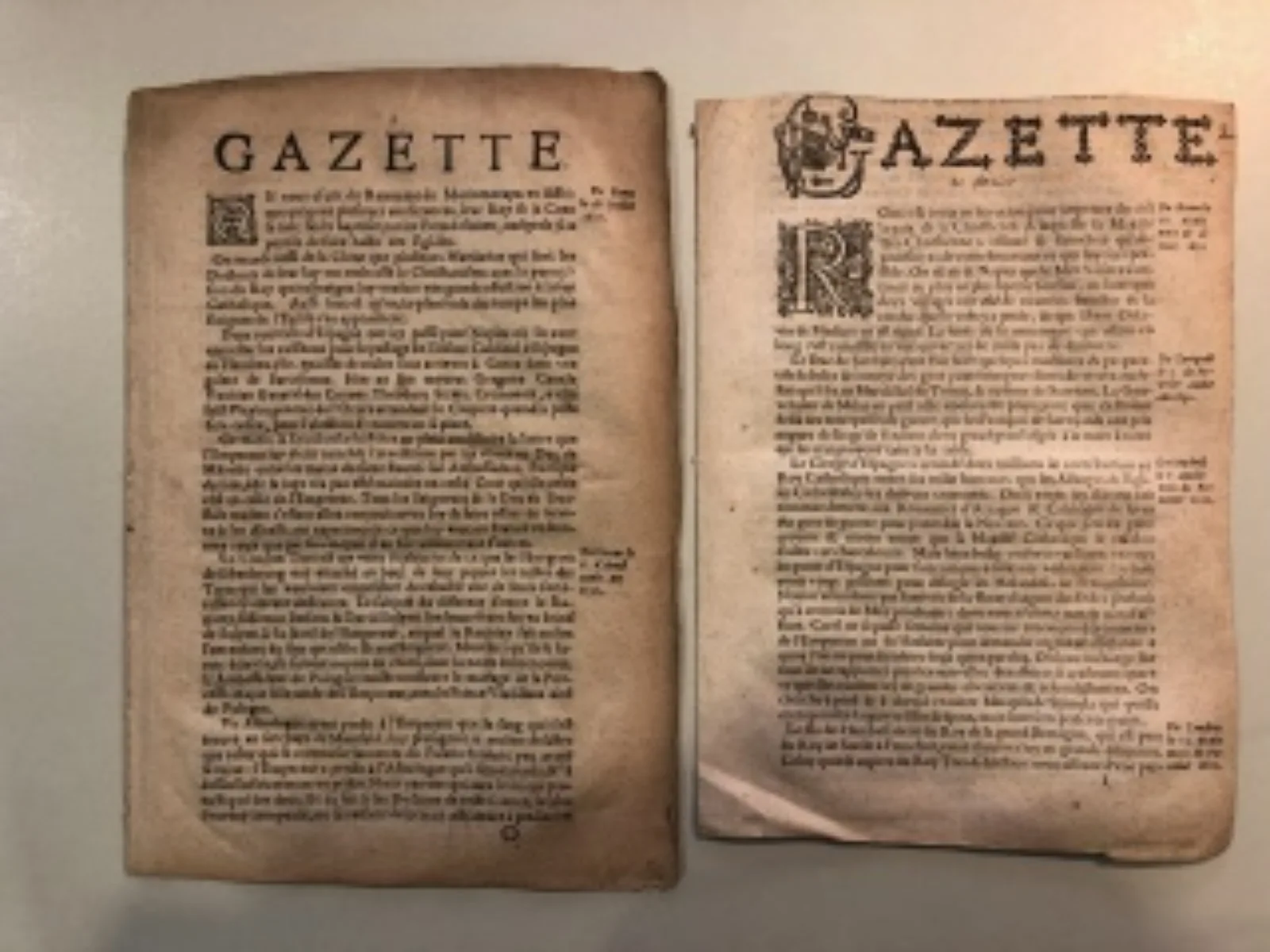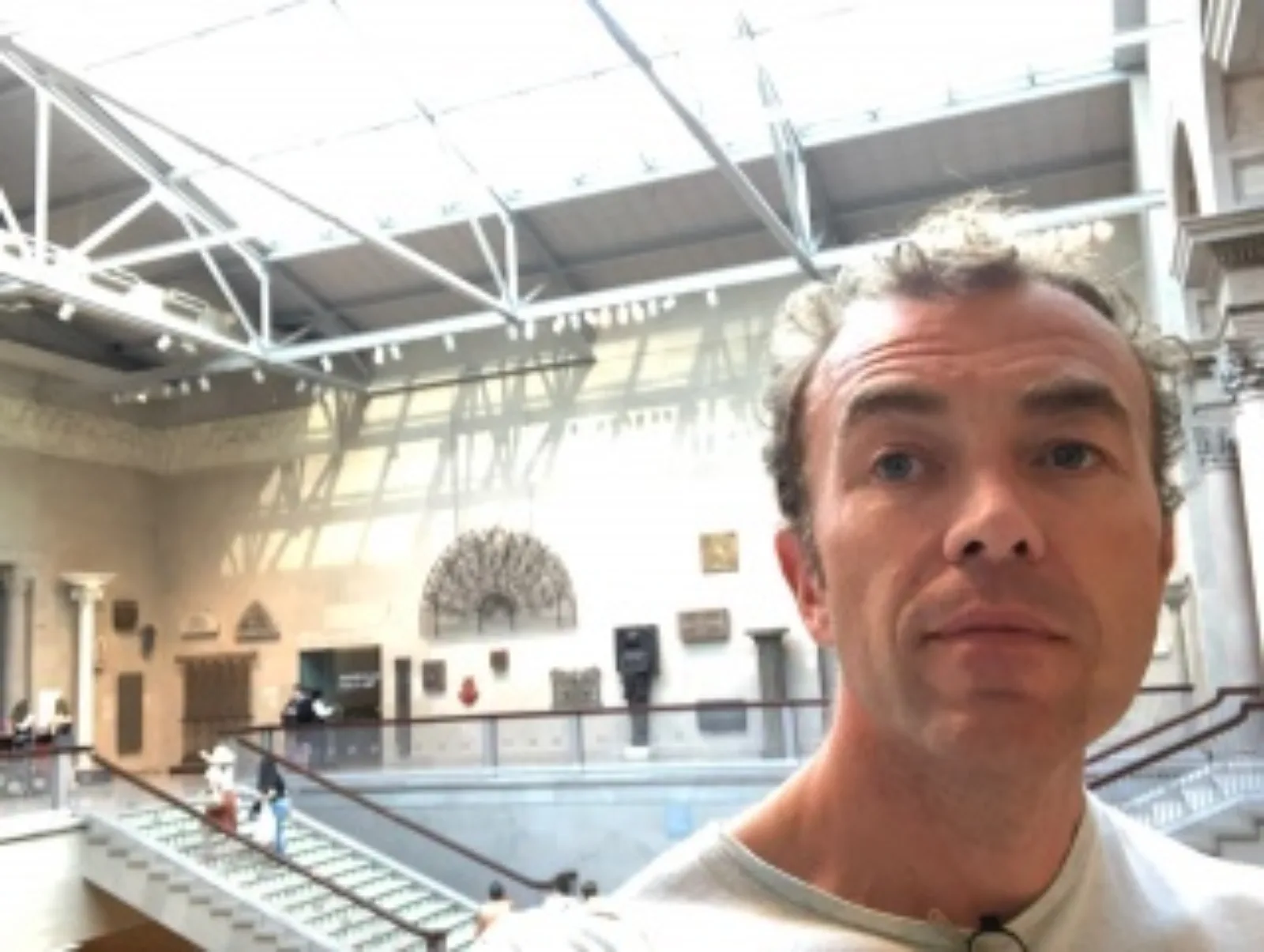Living and working in London makes it quite easy to find books. However, every great research library has its own quirky character, and, trusting in serendipity as a key research strategy, I work in unfamiliar places not only to see what I can find, but also to be prompted to new thought.
I’m presently working on news media between 1450 and 1800 – in print and manuscript – and these genres and publications are hard to catalogue. Working for a week at the Newberry in late summer 2018 I called up items using a series of news-related keywords in half a dozen languages.
The most interesting item turned out to be 161 volumes of the Gazette, printed in Paris from 1631. The Newberry let me call up to my desk dozens of these over a couple of days and have several volumes on my desk. This let me compare them across the centuries. I examined, for example, the changes in the typography over the decades, and the shifting role of the companion Nouvelles ordinaires, conveniently bound concurrently. And because the volumes had been gathered in different places in France, I was also able to see quite plainly the subtle typographical adaptations that took place when the Gazette was reprinted in the provinces (a key aspect of its distribution), and the delays that occurred before each reprint, plainly marked in the colophon.
The Newbery’s holdings of the Gazette are impressive. But the defining physical and temporal properties of the text were thrown into clear relief because of the distinctive collection of the Newberry and its co-operative approach to my research methods.
Professor Joad Raymond
School of English and Drama
Queen Mary University of London

